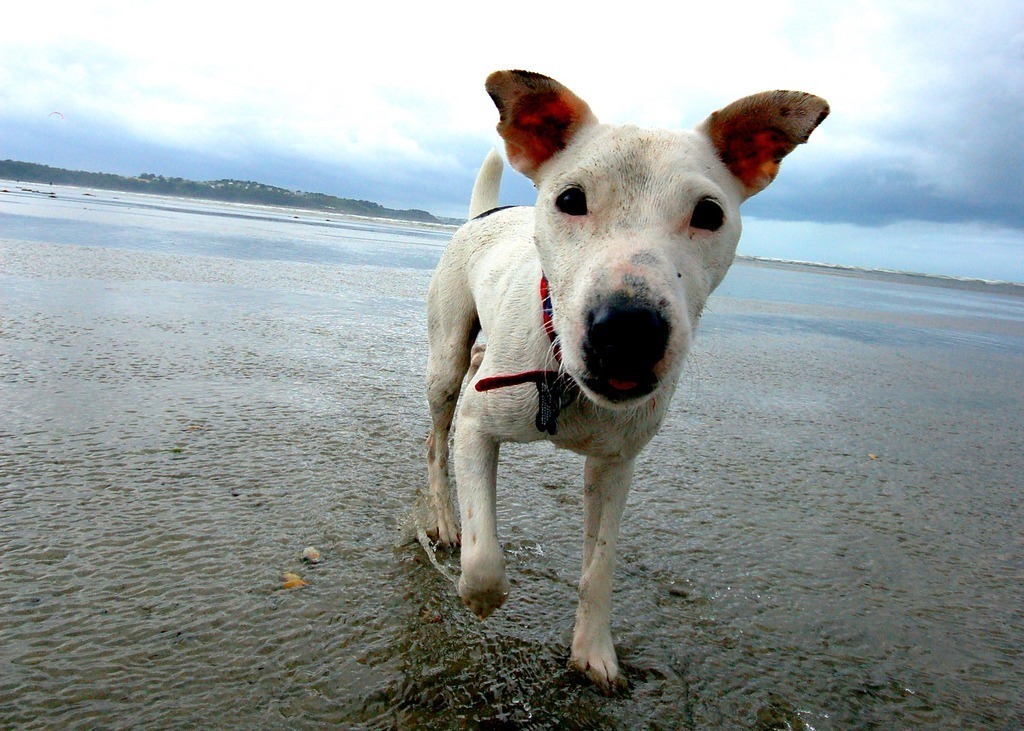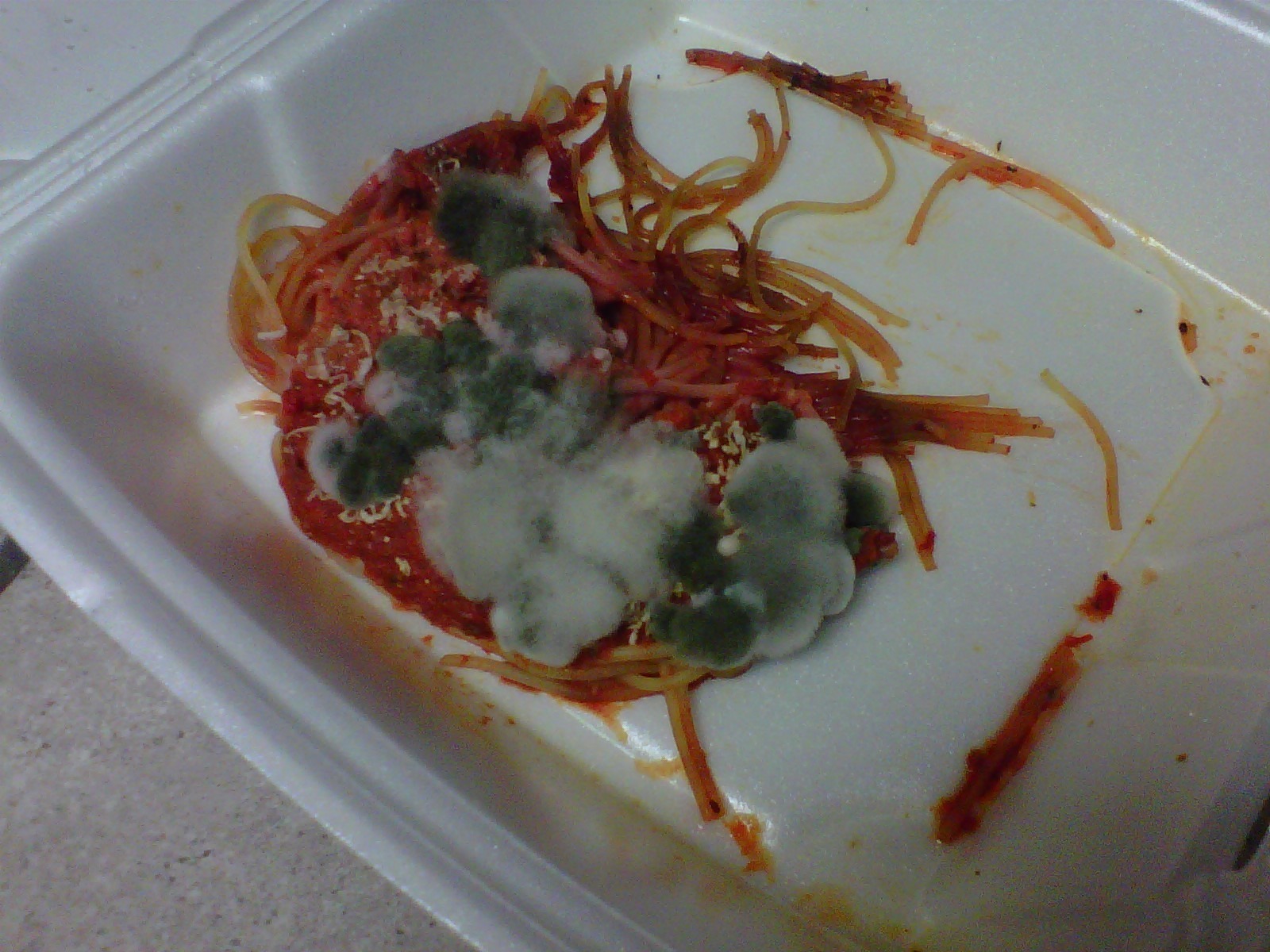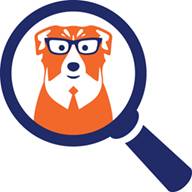Animal lovers know most dogs don’t have discerning tastes. They’ll put almost anything in their mouths, even items that are potentially toxic and even lethal. Some of these would-be toxins are compounds called tremorgenic mycotoxins. Many pet parents have never heard of them, so this week I’ve dedicated time to spread information about this toxicity. If you find the post helpful, I hope you’ll share in with other pet parents. Happy reading!

Tremorgenic Mycotoxins – What are they?
Dogs who roam their outdoor environment and/or get into trash/compost may encounter tremorgenic mycotoxins produced by many fungi. Common sources of tremorgenic mycotoxins for dogs and cats are:
- Moldy pasta
- Moldy walnuts & peanuts
- Moldy dairy foods
- Stored grains

The tremorgenic mycotoxins are secondary metabolites that have the ability to produce clinical effects that vary depending on seasonal growing conditions and the specific implicated mold. At least 20 mycotoxins have been identified as tremorgens. Penicillium species are most often incriminated in producing tremorgenic mycotoxins, the most common being penitrem-A and roquefortine C. The exact mechanism of action of various tremorgens is unknown.
Tremorgenic Mycotoxins – What does intoxication look like?
Veterinarians will suspect tremorgenic mycotoxicosis in any pet with a compatible clinical history and consistent clinical signs. Tremoring dogs with a known or suspected history of ingesting compost, garbage, or moldy foods within two hours before the onset of signs should be considered prime suspects. Clinical signs may be observed within 1-2 hours of tremorgen ingestion but may also be delayed for several hours. Common clinical signs include:
- Vomiting (oftenprecedes earliest tremors)
- Elevated bodytemperature
- Drooling
- Vocalization
- Involuntary tightclosure of the eyelids (called blepharospasm)
- Excitability
- Elevated respiratoryrate
- Weakness
- Hyperextension of theextremities
- Unsteadiness while walking (called ataxia)
- Elevated heart rate
- Muscle fasciculation
- Tremors
- Seizures
A tremorgen screen that specifically identifies and quantifies tremorgens, including penitrem-A and roquefortine C, is available at some reference laboratories. See the video below to observe a dog with tremorgenic mycotoxicosis.
Tremorgenic Mycotoxins – How is intoxication treated?
Goals of therapy for patients with tremorgenic mycotoxicosis are:
- Tremor & seizure control
- Gastrointestinal decontamination
- Stabilization
A class of drugs called benzodiazepines are first-line medications for controlling tremors. Those with severe intoxications often also require infusion of muscle relaxant called methocarbamol. Several classes of medications are available to help control seizure activity. After achieving control of tremors and seizures, gastrointestinal decontamination should be performed. Sedation and subsequent gastric lavage (aka stomach pumping) is useful for those patients who did not vomit. Administration of a drug called activated charcoal can help prevent systemic absorption of the toxins. Supportive care is indicated for patients living with tremorgenic mycotoxicosis.
The take-away message about tremorgenic mycotoxins…
People know eating moldy food isn’t the healthiest thing todo. Unfortunately, our furry friends aren’t as discerning about their cuisine.When dogs and cats eat moldy foods, there is the potential for them to be intoxicated by poisons called tremorgenic mycotoxins. With early and aggressive identification and interventions, the prognosis is good and long-term sequelae aren’t expected.
To speak with veterinary toxicology experts, please visit the ASPCA Animal Poison Control.
Wishing you wet-nosed kisses,
CriticalCareDVM






